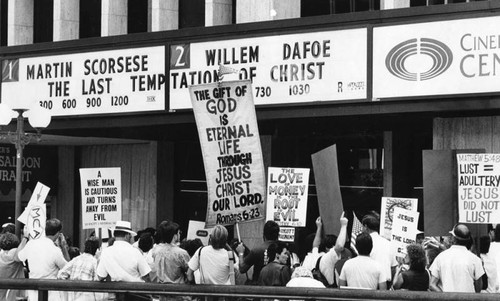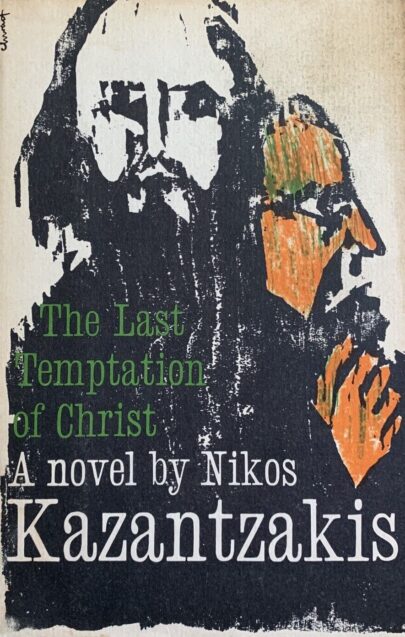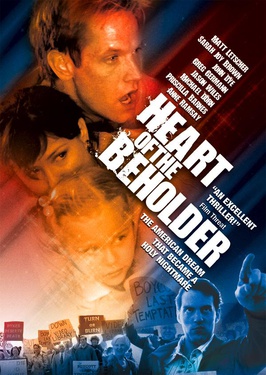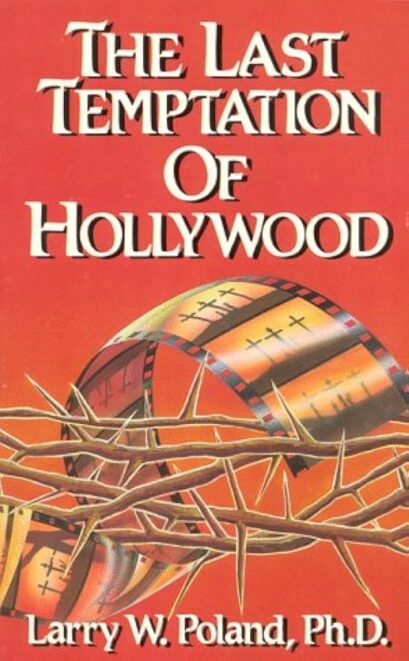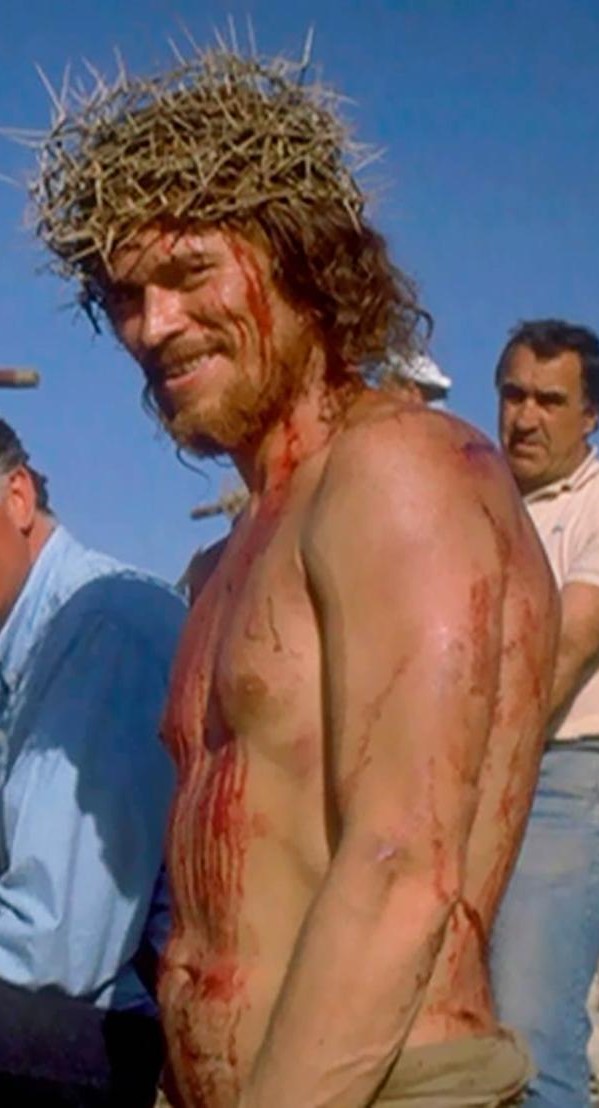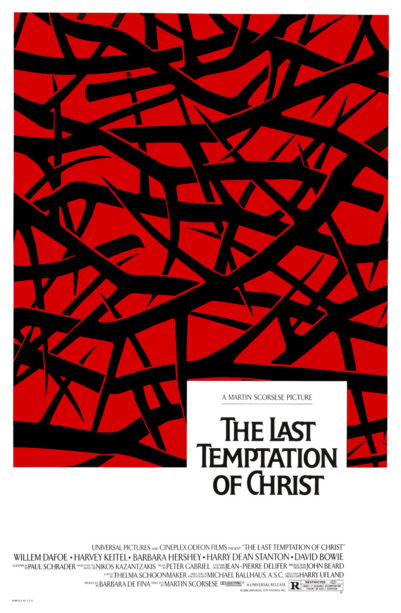 The morning of August 12, 1988 found me at Century City’s late Cineplex Odeon Century Plaza Cinemas, in line for the opening day screening of Martin Scorsese’s LAST TEMPTATION OF CHRIST. I and my fellow moviegoers were greeted with an outsized police presence, helicopters circling overhead, a guy berating us through a bullhorn, people handing out “free tickets” that were actually anti-LAST TEMPTATION comic book tracts, a weepy fellow pleading with us to refrain from seeing the movie and handmade signs waved in our faces.
The morning of August 12, 1988 found me at Century City’s late Cineplex Odeon Century Plaza Cinemas, in line for the opening day screening of Martin Scorsese’s LAST TEMPTATION OF CHRIST. I and my fellow moviegoers were greeted with an outsized police presence, helicopters circling overhead, a guy berating us through a bullhorn, people handing out “free tickets” that were actually anti-LAST TEMPTATION comic book tracts, a weepy fellow pleading with us to refrain from seeing the movie and handmade signs waved in our faces.
The movie itself played as you might expect given that it was made by a director who’s not known for biblical epics, and was afflicted by a severely rushed shoot and curtailed postproduction. Yet the experience of viewing it, following a day-by-day countdown to its release by the LA TIMES, was positively nail-biting. Would we be stuck down where we sat? Beaten? Bombed (as actually occurred in a theater showing the film in France)? As it happened, the screening went off without incident, although subsequent showings, I understand, were marred by altercations both verbal and otherwise.
Outside the theater a barrage of eager news reporters waited with cameras rolling, asking us what we thought of the film. “Boring” was the most common response, and I didn’t disagree, but that viewing of THE LAST TEMPTATION OF CHRIST was and remains my greatest-ever moviegoing experience. My only regret is that I didn’t stick around longer, as the Cineplex Odeon Century Plaza Cinemas were truly where the action was on August 12, 1988.
I feel confident in asserting that LAST TEMPTATION is the most controversial film of the modern era. Certainly some highly contentious pics have followed, including JFK, NATURAL BORN KILLERS, KIDS, DOGMA, THE PASSION OF THE CHRIST, THE INTERVIEW, CUTIES and SOUND OF FREEDOM, but none have approached the upset engendered by LAST TEMPTATION (the only remotely comparable furors I can think of occurred around 2012’s never-released INNOCENCE OF MUSLIMS and the publication of THE SATANIC VERSUS, which happened a month after LAST TEMPTATION’s premiere). What’s more, I strongly doubt we’ll be seeing its likes again.
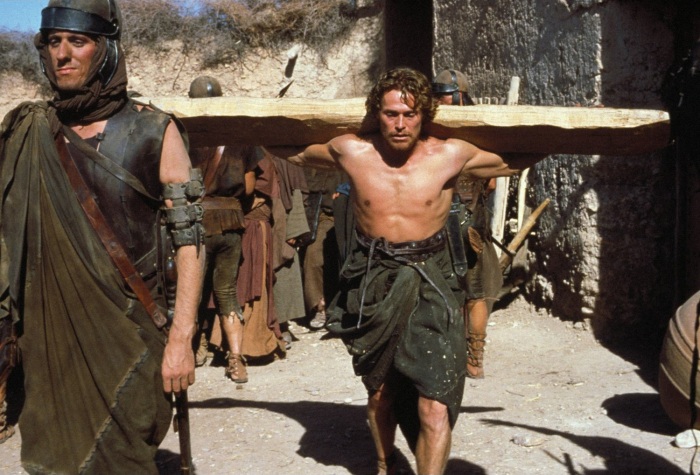
Among the skirmishes that occurred in the weeks leading up to the film’s release, fanned by an overeager media, were Campus Crusade for Christ founder Bill Bright’s well-publicized attempt to purchase the film’s negative in order to destroy it, and a mass protest organized by Revered H.L. Hymers, who made sure to denounce the “Jewish money” that apparently funded LAST TEMPTATION. California congressman Bob Dornan introduced Resolution 517, a legislative measure calling for LAST TEMPTATION to be banned, and director Franco Zefferelli withdrew his film YOUNG TOSCANINI from the Venice Film Festival upon learning that Scorsese’s “truly horrible and completely deranged” picture would be screening therein. Even Mother Theresa got into the act, imploring her followers to “pray, pray, pray!…prayer is the ultimate weapon to fight this ultimate disgrace.”
The whole business began back in the 1970s, when Scorsese was a given a copy of Nikos Kazantzakis’s 1955 novel THE LAST TEMPTATION OF CHRIST by Barbara Hershey, the co-star of his 1972 film BOXCAR BERTHA (and, eventually, LAST TEMPTATION). The novel, in which Kazantzakis wreaked a twist on the gospels similar to what he did with Homer in THE ODYSSEY: A MODERN SEQUEL (1938), reframed the life of Jesus Christ as a battle between the flesh and the spirit, as exemplified by the notorious climax, in which the crucified Jesus imagines forsaking his destiny and living a normal life with Mary Magdalene, only to realize the error of his ways and make a grateful return to the cross. The furor caused by the novel was nearly equal to the outrage that would greet the film, with widespread challenges by religious groups and Kazantzakis (whose detractors claimed he was using the novel to start an entirely new religion) nearly getting excommunicated.
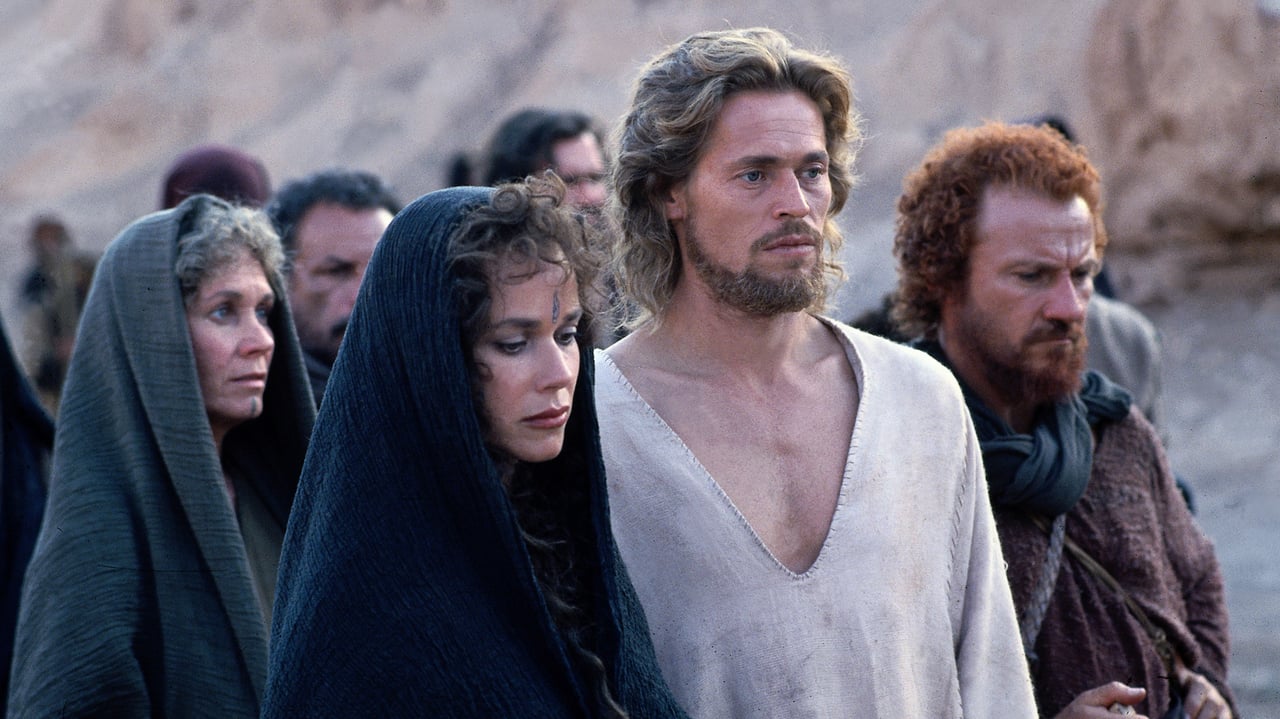
Scorsese’s first attempt at filming LAST TEMPTATION, working with a screenplay by his frequent collaborator Paul Schrader, was in 1983. With the help of super-agent Mike Ovitz, Scorsese was able to convince Paramount Pictures to shell out a reported $15 million budget, and assemble a top-flight cast and crew, only to have the project get cancelled a few weeks prior to the start of filming. This led to a regrouping by Scorsese and Ovitz, and the film being taken on by Universal, who allocated an alleged $9 million to it (in exchange for Scorsese agreeing to direct a more commercial product for the studio, which eventually took the form of CAPE FEAR). Filming took place in Morocco, in what Scorsese has described as “a state of emergency.”
Neither Scorsese nor anyone else could have possibly foreseen the cultural firestorm that erupted over the film’s Biblically unsound take on the life of Jesus Christ. Things got so bad that Universal abandoned the scheduled October 1988 release, moving it up two months and cutting the post-production short (with cinematographer Michael Ballhaus claiming he never got a chance to color correct the film). As predicted, the furor lessened once the release finally occurred, but it didn’t entirely cease.
The LAST TEMPTATION VHS caused plenty of trouble, with numerous video stores (Blockbuster included) refusing to stock it, and many of those that did elect to carry the video paying dearly. One such example was dramatized in HEART OF THE BEHOLDER, a 2005 film written and directed by Ken Tipton. Tipton was the owner of a successful St. Louis video chain that ceased business after being targeted by religious extremists, who were outraged that Tipton refused to purge Scorsese’s film from its inventory. This sad tale is related by Tipton in a well-meaning but underbaked film that’s of note primarily for the inclusion of a young Chloe Grace Moretz in the cast.
Another unfortunate effect of the LAST TEMPTATION frenzy was the 1988 publication of THE LAST TEMPTATION OF HOLLYWOOD by Larry W. Poland. A longtime Christian marketing consultant, Poland claims to have worked on LAST TEMPTATION’S initial publicity push, only to turn on his employers after reading an early draft of Paul Schrader’s screenplay. Thus Poland, who appeared less offended by the content of the film that he was by the double-talk and outright bullshit dished out by Universal’s top brass (dishonest Hollywood executives? Say it ain’t so!), ended up spearheading the anti-LAST TEMPTATION blitz.
THE LAST TEMPTATION OF HOLLYWOOD is, in short, a poorly drafted snooze-fest. It’s also quite repetitive, quoting in full the many letters addressed to Universal by Poland and others, which aren’t especially literate or persuasive (sample: “I do not believe in spending $9 million dollars on a movie that is not true! You could be feeding the poor with that money”). Not to worry, though, because in summing up his failed crusade Poland assures us that “We aren’t angry, we’re disappointed—disappointed that the corporate motivations and operations of such a significant US business would be so characterized by ethical poverty.”
A far better book about THE LAST TEMPTATION OF CHRIST and its reception appeared twenty years later, in the form of HOLLYWOOD UNDER SIEGE by Thomas R. Lindlof. It offers a voluminously researched account of the controversy, and details Scorsese’s 15-year struggle to get LAST TEMPTATION made in admirably concise fashion, providing what must be counted as the most comprehensive text ever written about the making of a Martin Scorsese film (at least until the 2020 publication of MADE MEN: THE STORY OF GOODFELLAS). Also included is an epilogue on how the furor over LAST TEMPTATION has continued to resonate in our supposedly more evenhanded modern age.
In closing out this essay I’ll offer my thoughts on LAST TEMPTATION’s artistic qualities. Its portrayal of Jesus Christ as a conflicted man grappling with his divine destiny should be a compelling one, but until the final stretch the film just didn’t connect with me. Scorsese was in an artier mood than usual, plunging into JC’s spirit-versus-flesh dilemma without properly briefing us on the man or his environment. That can be blamed on the truncated postproduction, as can the fact that the film’s time span is never concretely specified, with the narrative constantly leaping forward years, and sometimes decades, without any signposts; you simply must be intimately familiar with either the Gospels or Nikos Kazantzakis’s source novel for a full understanding.
Another aspect on which I’m not entirely sold is the casting of Willem Dafoe in the title role. Dafoe was an odd and even perverse choice, bearing some of the external traits we’ve come to associate with Jesus Christ (namely blond hair and white skin), but regarding his appearance I think Sergio Leone said it best: “That is the face of a murderer, not of Our Lord!” Most of the other major roles are filled by streetwise performers like Harvey Keitel, Harry Dean Stanton, Victor Argo and John Lurie, suggesting that Scorsese may have been attempting something akin to a biblical MEAN STREETS, an approach that (despite dialogue like “See, this is what happens when a man swears off sex; the semen backs up into his brain!”) doesn’t quite come off.
The production design, however, is strong and convincing. Likewise the artful yet unshowy outdoor photography and strikingly low key score by Peter Gabriel, whose minimalist aesthetic (a far cry from the symphonic cues we’ve come to expect in cinema du Jesus) fits the material quite well. Plus the film’s last quarter hour, depicting the crucifixion and “last temptation,” is intensely moving, demonstrating that Scorsese, for his all his perversity, was sincere in his stated intent to create an uplifting and spiritually relevant film. I fully believe that had he been given adequate time to properly complete the editing the boring stretches would have been alleviated and the 164 minute runtime pruned. As it is, though, THE LAST TEMPTATION OF CHRIST stands as a laudably ambitious but unsatisfying work.

